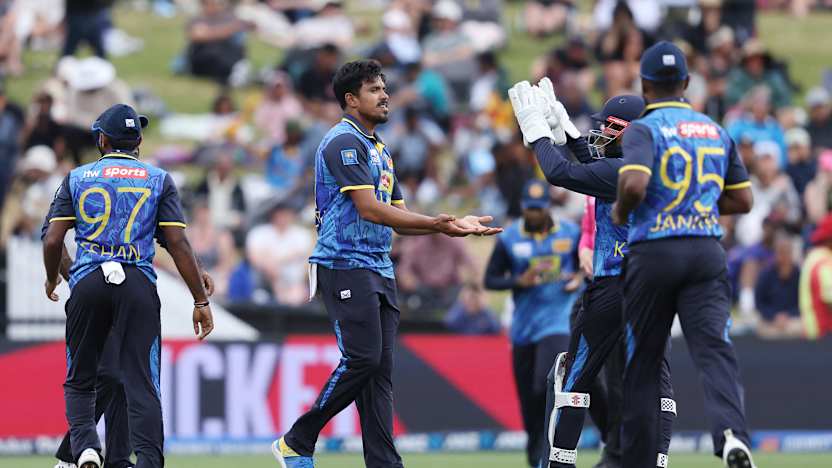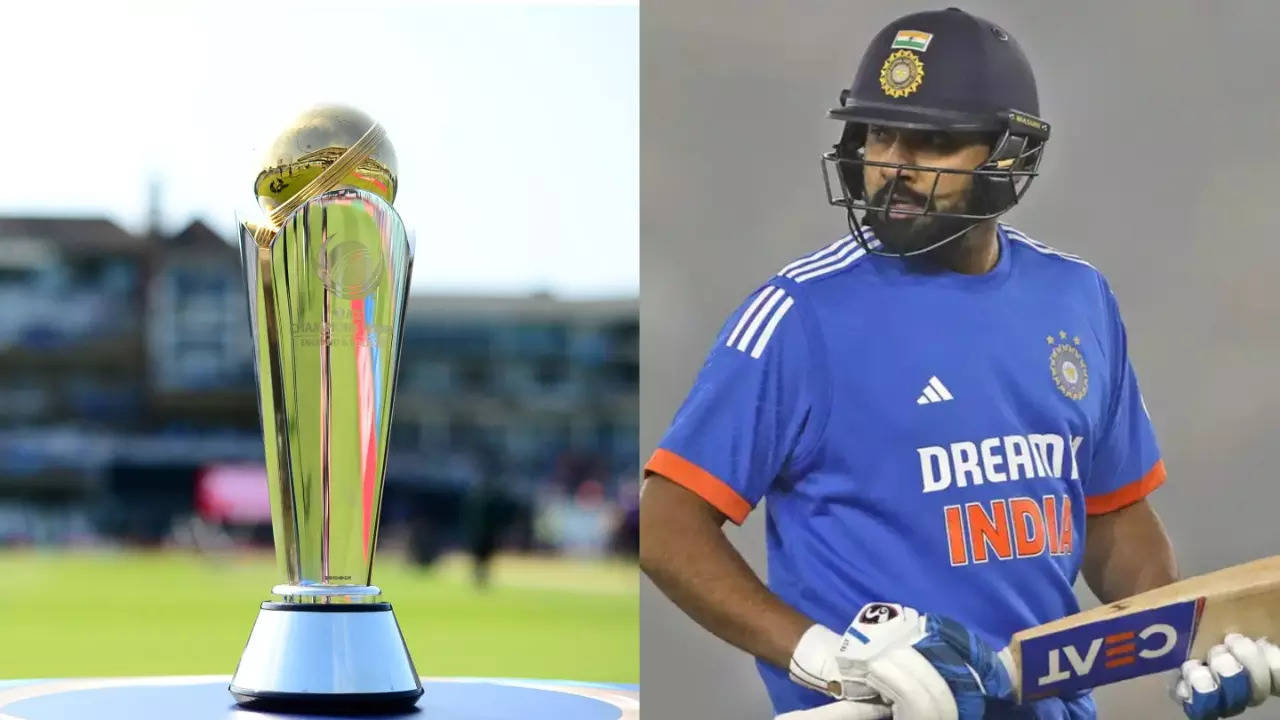Bridges outduels Wembanyama, Celtics lose again

Cricket’s imbalanced financial structure continues to favor handful of powerful nationsLast week an article written in 2012 caught my eye. It commented on a 9 percent decline in the number of television viewers watching the Indian Premier League. This led to a recommendation that the IPL should join forces with the International Cricket Council to form a World Cricket League, featuring teams from around the world.In retrospect, the suggestion appears bizarre. The IPL has since become the powerhouse that has propelled India to dominance in cricket’s global political economy. The recommendation ought to be a warning to those who try to predict the game’s future landscape.It is clear that India’s dominance shows little sign of waning for the foreseeable future. Au contraire, it is set to grow further with the appointment of Jay Shah as chair of the ICC. Previously, Shah was secretary of the Board of Control for Cricket in India between October 2019 and December 2024. During that time, he was instrumental in shaping the current ICC financial model. This massively favors India.Confirmation was revealed at the ICC annual conference in July 2023, with India set to receive almost 40 percent of ICC revenues in the 2024 to 2027 cycle. How much will actually be earned depends upon the broadcasting revenues that will be realized. Initial estimates indicate that the BCCI could earn $230 million out of a total pot of some $600 million annually. This is a significant increase compared with the 2016 to 2023 cycle, in which the BCCI’s share from the ICC’s central revenue pool totaled $405 million.By way of comparison, the England and Wales Cricket Board is set to receive $41 million annually, 6.89 percent of the total pot, followed by Cricket Australia with $37.53 million, or 6.25 percent. Only one other board, Pakistan’s, is set to receive over $30 million annually, with $34.51 million or 5.75 percent. The other eight full members will receive a total of $189 million, an average of $24 million each. This leaves $67.5 million, around 11 percent of the pot, to be shared between the 96 associate members.The contribution to national board income is not easy to estimate. First, this is partly because the criteria or “component weightings” used in the model are opaque. They are based on contribution to the global game both on and off the field. This embraces cricket history, performance in both men’s and women’s ICC events over the last 16 years, contribution to the ICC’s commercial revenue and an equal weightage for full members, quoted as 8.3 percent.It is clear from the figures above that the other criteria amend the equal weighting. India’s claim that it contributes between 70 and 80 percent of the ICC’s revenue is well recognized in its allocation, whereas that for all other full members is below the base weighting.A second reason is that the ICC’s annual income is based on the estimated earnings for future years. The majority of these derive from sales of media rights. In the 2024 to 2031 cycle, rights for ICC events were sold for $3.2 billion with $3 billion paid by Disney Star for the Indian market. Effectively, these funds bankroll cricket. In this context, the criticality of matches between India and Pakistan becomes apparent, as highlighted in the recent fracas between them over the 2025 Champions Trophy.A third reason is that the payments are not uniform. New Zealand Cricket’s report and accounts for the year ending July 31, 2024, note that the distribution of monies from the ICC tends to be heavily weighted toward the end of the cycle. The final wash-up payment from the previous cycle, for example, was received around May 2024, placing it in the 2023 to 2024 financial year.The NZC’s income in 2022 to 2023 and 2023 to 2024, has been NZ$97 million and NZ$98 million, equivalent to around $55 million. If a similar figure is assumed for 2024 to 2025 then the ICC income of between $24 million and $28 million represents half of its revenue stream. In comparison, the England and Wales Cricket Board has an annual income of around $388 million. Therefore, its $41 million from the ICC is 11 percent of its income, a lower dependency than that of New Zealand. However, 75 percent of its revenues is derived from sales of broadcasting rights, emphasizing its fragile financial structure.India has no such vulnerability. Its 2023 to 2024 income of 7.574 crore rupees — fast approaching $1 billion — dwarfs that of all other ICC members. This represents a massive contribution to the game across all criteria. On the other hand, that amount of power and influence distort other outcomes. One of these is growth amongst associate members. Many of them are ambitious but are hamstrung by a lack of funds. An example is the Netherlands.Recently, its governing body, the Koninklijke Nederlandse Cricket Bond, has seemingly pulled back from its ambition to become an ICC full member, because of a budgetary shortfall. Its team has often caused upsets against full members but, unlike the ICC’s full members, the governing body is not guaranteed a slice of the world revenue. This is contingent on qualification for global events, position on white-ball rankings tables and performance on the ICC’s development scorecard. This pits associate members in direct competition with one another, with financial uncertainty a deterrent to potential sponsors.There is an opportunity for the ICC, under Shah, to promote India as a uniter and grower of the game. This could involve a greater sharing of broadcasting incomes, allowing its teams to play smaller full members and emerging countries, as well as opening new territories and markets. Shah appears to be putting great store by the Olympics to focus on the latter.There is little indication, so far, that there is any prospect for associate members to receive additional funding to encourage their development. Perhaps this is deliberate. Power clearly rests with India. When with the BCCI, Shah was a key player in negotiating broadcast rights. He carries those connections into the ICC. The recent merger between Disney and Reliance in India severely reduces competition in the market for broadcast rights.In the next cycle, further concentration of power can be expected, with small pickings for those outside of the inner circle.




.jpg)




